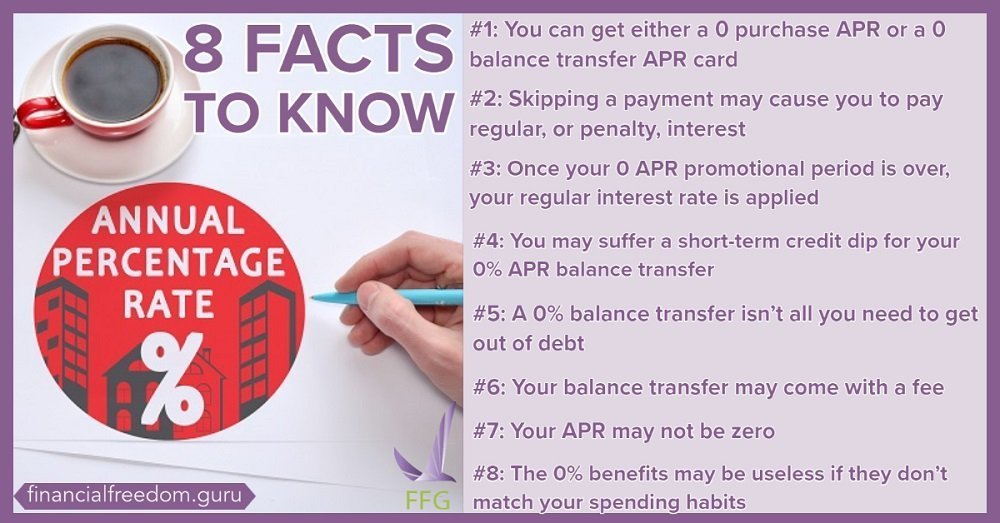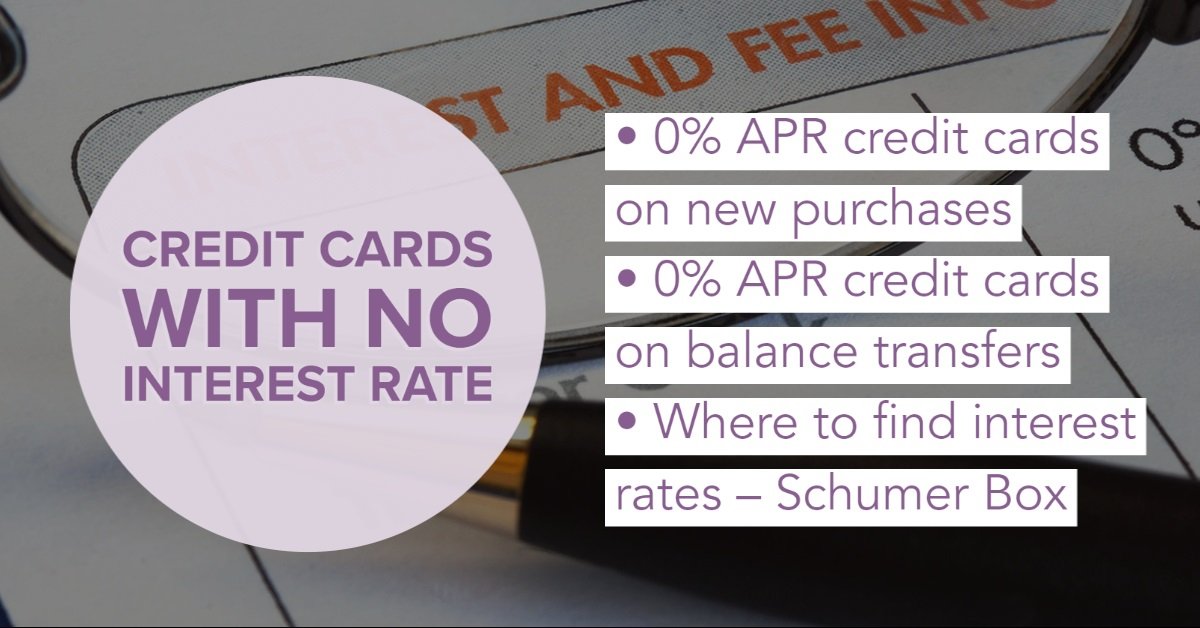Deferred Interest vs. Zero APR Credit Cards: A Comprehensive Guide

Last Updated: October 5, 2022
A lender’s “interest-free financing” credit card sounds tempting. It might be worded as “0% APR” and “no interest if paid in full” over time. The promise of saving money with a credit card is powerful. If you could eliminate paying interest, why not get the card?
Before you add it to your wallet, you should read the fine print. Some of these no-interest credit cards are deferred interest cards dressed up in great marketing. Confusing the two can be a costly mistake.
Table of Contents
Understanding the Differences between Deferred Interest and 0% APR
Deferred interest cards (like store or medical credit cards) don’t discard the interest charges on your purchase. Instead, interest is computed, accumulated, and applied later. If you zero out your balance before the promotional period ends, no interest will be applied to your account. The problem arises if you still have a balance by the time the deferment ends. A balance of even a few cents will trigger your account’s deferred interest charge activation. To be clear, this is not the remaining interest charge on the balance. These are the charges generated over the entire deferment phase. According to the Consumer Financial Protection Bureau (CFPB), the average retail APR is about 24%. This can easily make your interest charges hundreds or thousands of dollars.
A true 0% APR card from your bank or credit card company works differently. The card will not calculate and accrue interest until after the promotional time. You must still meet the card agreement terms during the promotional period. Otherwise, your regular APR applies. When the 0% APR phase ends, your non-promotional rate only applies to the current balance.
Deferred Interest Traps
Here are some other ways that deferred interest cards can trip you up.
Payoff dates and due dates do not match
You may assume that your payoff deadline date matches the month’s billing cycle’s end. Deferred card issuers aren’t required to make your payoff deadline and billing cycle end date coincide.
For example, you pay off a $3000 purchase on your deferred payment credit card. The promotion ends May 15th, but your bill is due May 25th. Paying your balance after the 15th will trigger the interest charges. This is despite your intention to pay your bill in full between May 16th and May 25th. You can end up paying hundreds of dollars in interest charges the next billing cycle from the $3000 expense. A true 0% APR card will only charge you interest on the unpaid balance at the end of the promotion.
Your payment may be diverted to other balances
Deferred interest credit cards may have multiple balances linked to the card. Two of these are the deferred interest balance and regular APR balance. When you make credit card payments, you may think the payment is toward your deferred interest balance. Instead, your credit card company applies most of your payment to new balances.
You may think that’s unfair, but the card company follows federal credit card regulations. The law says any payments over the minimum must be applied to the balance with the highest interest rate first. This means the new purchase balance at the regular APR will be paid off first. After that, any remaining funds will be used to pay off the deferred interest balance.
Non-promotional rates are notoriously high
According to the CFPB report from 2017, the average non-promotional deferred interest card APR is 24%, regardless of credit score. This is expensive after paying 0% APR the previous month. For cards with long promotional periods, the retroactive interest costs can equal about one-half of the original purchase.
What to Do If You Already Have a Deferred Interest Card?
If you already have one of these cards in your wallet, you can take the following steps to mitigate your risk.
- Eliminate your balance early. Aim to pay off your balance at least a month before the deferred phase ends. If you’re unsure when this is, reread your statement disclosure, or contact your card issuer.
- Freeze your card usage until the balance is paid off. Don’t make new charges on the card to avoid multiple balances. You want your payment to go to the deferred balance.
- Choose a paper statement. Most people find remembering to pay bills on paper easier than e-bills.
You’d Better Choose a Balance Transfer Card
Deferred interest credit cards are no-interest cards with lots of strings attached. If you are considering paying down debt, why not get a 0% balance transfer APR card? It’s less costly and more straightforward to use.





